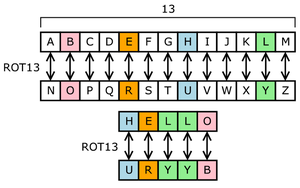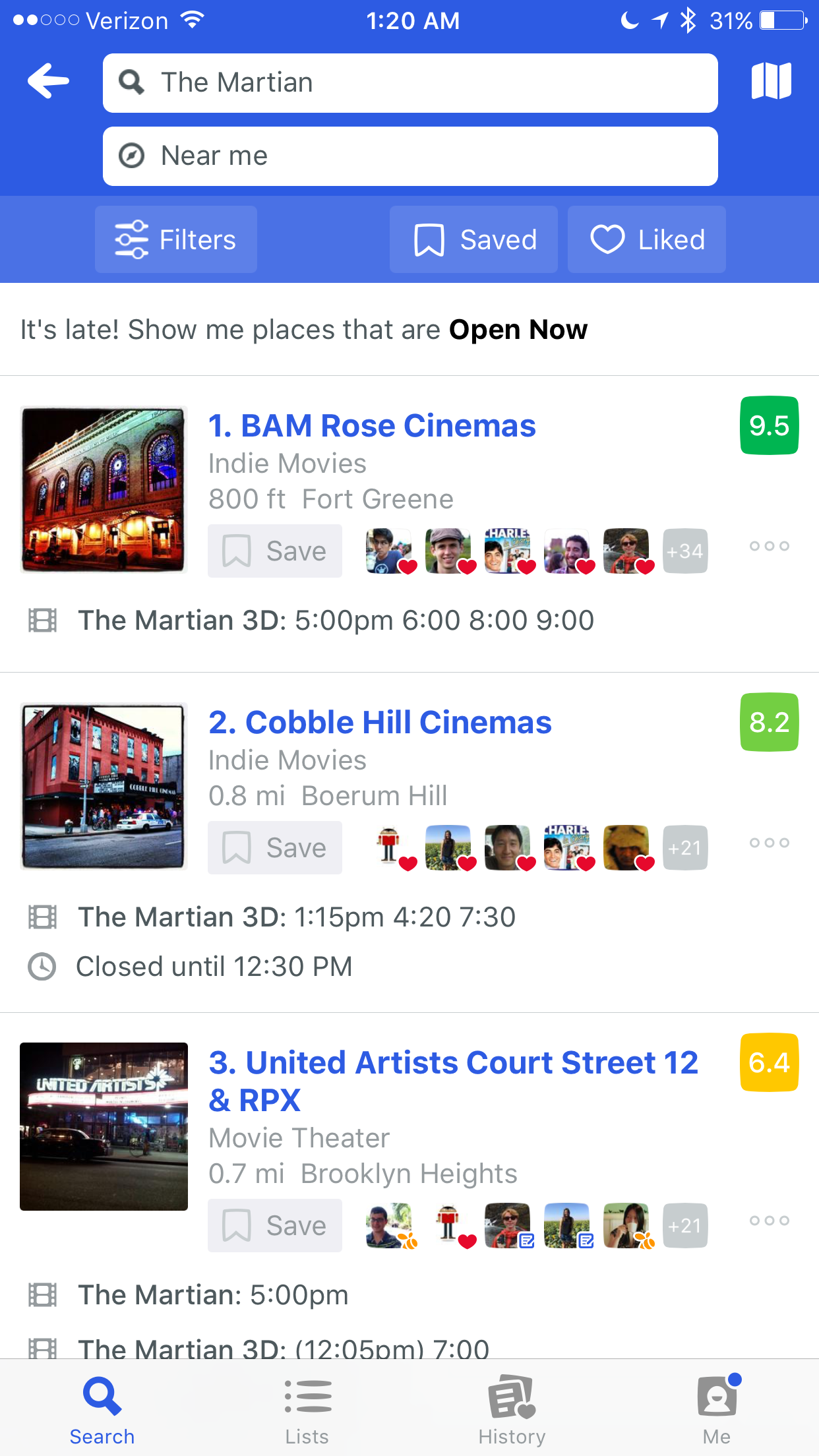So you recently agreed to do a formal debate, and you have settled on a resolution. If you are like me, you may be thinking “WHAT have I gotten myself into?”.
I recently participated in a public debate for the “Live Free and Debate” series in Rollinsford, New Hampshire. I argued against the resolution “Monarchy is better than Representative Democracy” for a full 90 minutes.
Participating in a debate is like no other form of presentation that I’ve ever experienced. It is unpredictable, it causes you to constantly rethink your position on the fly, and inspires a slight paranoia about how the audience is following your arguments. What a mind-spinner!
Afterwards, I brainstormed ways to prepare for one of these in the future in order to have a successful and enjoyable debate performance. Future me will be using this for reference, and I hope you will find this helpful as well.
1) Your primary mission is to entertain the audience.
This first point may be controversial, but remembering this will make everyone better off. You are there to get everyone on your side and crush your opponent. Right? Not so fast!
There may come a time where you need to disseminate information in a dry and dispassionate manner as part of some formal process, but this is not one of those times. Do not forget that audience members decided to give up their valuable leisure time in their busy lives to come out and see you debate. Do they hope to learn something new? Absolutely! Are they going to learn something new if they are bored to death? Not a chance!
Think of some ways to make your topic entertaining. Is it fun? Or is it mind-bending? Are there any compelling lines that can be made about it? A good place to start with entertainment and potentially humor is to look at the aspects of the debate that make people uncomfortable. Why do people disagree so vehemently on this topic?
I can’t give an exact answer on “how” to be entertaining and what would be appropriate. That all depends on the audience, the venue, and your own personal style. But I will say that if you keep the audience entertained - or even make a reasonable attempt at doing so - much else will be forgiven.
2) Know your audience
Knowing your audience is a pretty straightforward prerequisite for any presentation. Think about the venue that you are participating in. Where are they from and what media do they consume? What are likely to be their preconceived notions about the topic? What are their concerns with supporting one side versus another?
You may come up with several different types of people that you want to acknowledge and reach. It might be helpful to think or write out these “characters” and figure out what you would like to say to each one.
3) See what your opponent (and those on the same side as your opponent) have said about the issue in the past.
Suppose that your opponent comes up with a clever new argument that you have not considered before, and you have trouble coming up with a response on the fly. This is totally understandable. You may retreat to your other arguments, or you might think of something later in the debate.
But suppose alternatively that your opponent makes the classic argument in favor of their cause, or an argument that they personally have relied upon in the past. And you have nothing to say about it? How embarrassing!
You do not have time to get an entire PhD on the topic at hand, or read stacks of fully researched books and articles, critically examining all the details in each of them. But you DO have time to check out the main points. What are the typical arguments in favor of the other side? Be sure to have an answer to those.
If your opponent has said or written publicly on a topic in the past, then this is good news for you because you can go back and read it and be sure to prepare a response. If your opponent hasn’t said anything about it - then this is also good news for you because their notions haven’t been critically examined yet (at least publicly). Either way you win!
4) Gather arguments from diverse sources
Everyone thinks a little bit differently, and everyone responds to different types of arguments. A lot of people are going to come to you before the debate and claim that they have the “killer argument” that’s going to wipe your opponent away.
Don’t fall for it! Take that argument in and use it perhaps, but consider the fact that no one person has their pulse on the entire population, or even the entirety of the specific audience. Remember your audience profiles from part 2 - talk to several people who span these profiles. Talk to some people who are not in the audience and get their views.
I am reminded of the game “family feud” and how difficult it can be to guess how 100 people will respond to even a very simple question. This is why getting a cross-sectional response from a diverse panel is going to make you more prepared for anything that comes your way.
5) Edit, Edit, Edit!
When I created consumer products as a software engineer, one of the key but often neglected components is “editing”. And when editing software, it means deleting things that you’ve written - and editing products means removing features that you’ve built!
Editing is often the difference between a successful project and an unsuccessful one. Without editing, you get feature bloat, mission creep, and technical debt. All of these fancy terms point to a failure to edit!
You will develop several different arguments in favor of your cause, and you may grow attached to some of them. But it’s important to be honest about which arguments are the strongest and the simplest. These are the ones that will most likely reach your audience, and a “throwing spaghetti against the wall until it sticks” approach is not as strong.
Some of your arguments and lines should appear on the “cutting room floor”. If you feel that you are being forced to cut something that you like for time and efficiency, this is an indication that you are doing a good job.
6) When answering audience questions, refer to ideas that you’ve already established.
Opening up the audience for questions is very dangerous. There will be people getting up on their soapboxes to give their pet theories, and there will be a lot of thinking on the fly. But there will also be a lot of insightful and tough questions.
This could be disconcerting, and I feared falling into two traps. The first is sounding like a broken record and repeating the same arguments over and over. “Why isn’t this getting through to people!?” The second is to try to make up some clever argument on the fly in order to avoid the first problem.
The reality is that most audience questions will have to do with something you’ve addressed, but you need to make a bridge between what you said and their specific objection or case. Instead of thinking “I said this earlier - what’s the problem”, think “let's take what I said earlier - and now here is how it applies to your specific question”.
This puts you in a better relationship with the audience member. Don’t forget that in order for people to properly grasp concepts, they need to see it applied to a few specific instances to get the big picture. That’s primarily what you’ll be doing during the Q&A.
7) Pick your battles.
You don’t need to respond to everything your opponent says, or everything an audience member says. If you’ve already stated an argument against it, or if it is a bit out of left field - it might be something the audience will discard as well.
With apologies for relying again on the “spaghetti against the wall” analogy - let some of the incoming spaghetti fall to the ground on its own.
8) In your conclusion, deploy the best stories to illustrate your main arguments.
The conclusion to the debate should not include new arguments - it should remind the audience of the main thrust of your arguments. You might make adjustments to this as the evening wears on, particularly in identifying the strongest examples for your arguments. But your main goal here is to summarize and to bring it all together.
It would be a mistake to make the conclusion an afterthought. In fact, it might even be helpful during your prep to think about how you envision your big ending - your final nail in the coffin - and then work backwards to your opening argument.
Don’t forget to entertain your audience and keep them engaged! Use your best stories and your best illustrative examples to tie together the arguments that you’ve already made. This will leave a big impression, and in many cases will decide the outcome of the debate.
9) Chill Out and remember good sportsmanship
Your opponent, like you, is there to take the extraordinary risk of presenting ideas and holding it up to public scrutiny. You will lay out ideas against each other, and win or lose, both sides will learn and improve (and therefore win). Keep in mind that even in a one-sided result, it is never the end of the discussion. Both sides can go back, reexamine their arguments, and continue.
You should have a lot of respect for your opponent, and never underestimate them. They put themselves in a stressful and socially-risky situation just like you did.
These are my 9 initial takeaways from the debate. What do you think? Anything that I missed?
















